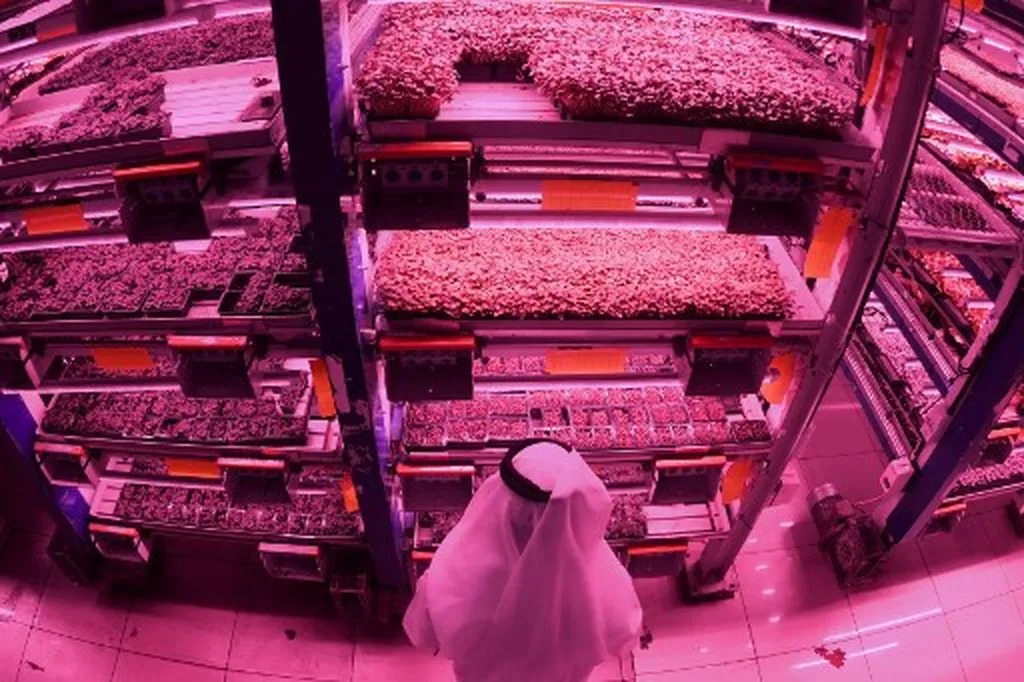In the heart of Jakarta, where urban sprawl has left little room for traditional farming, a new agricultural revolution is taking root—literally. Mochammad Faisal, a researcher from Universitas Paramadina, has developed an innovative Internet of Things (IoT) system that promises to transform hydroponic farming by making it more efficient and accessible, even in areas with spotty internet connectivity. His research, published in *JISA (Jurnal Informatika dan Sains)*, which translates to *Journal of Informatics and Science*, introduces a scalable, internet-independent hydroponic water quality monitoring system that could redefine urban agriculture.
Faisal’s system addresses a critical challenge in hydroponic farming: maintaining the quality of water used in these soil-free cultivation systems. Traditionally, farmers have relied on manual monitoring of pH and total dissolved solids (TDS), a process that is not only time-consuming but also prone to human error. “Manual monitoring is inefficient and often leads to inconsistencies in crop yield and quality,” Faisal explains. “Our system automates this process, ensuring real-time, accurate data without the need for constant human intervention.”
At the core of Faisal’s system are pH and TDS sensors connected to an ESP32 microcontroller. The data collected by these sensors is transmitted via the MQTT protocol to a Node-RED dashboard, which can be accessed through a web browser on a local network. This setup eliminates the need for cloud services or mobile platforms, making it ideal for offline environments where internet connectivity is unreliable.
The system was developed using the IoT Platform Design Methodology and underwent rigorous black-box testing to ensure its accuracy and reliability. The results were impressive: the system performed flawlessly, with no functional errors detected. Classified as a Level 2 IoT system, it allows for real-time monitoring without automation, leaving room for future expansion, such as data storage and actuator control.
The commercial implications of this research are significant, particularly for the energy sector. As urbanization continues to shrink agricultural space, the demand for efficient, space-saving farming solutions like hydroponics is on the rise. Faisal’s system offers a practical and scalable solution for urban farmers, enabling them to optimize their operations and maximize crop yields. “This technology has the potential to revolutionize urban agriculture,” Faisal says. “By providing real-time, accurate data, we can help farmers make informed decisions that improve crop quality and yield.”
Beyond its immediate applications, Faisal’s research could pave the way for future developments in the field of IoT-based agriculture. As the technology evolves, it may become possible to integrate additional sensors and actuators, creating fully automated hydroponic systems that require minimal human intervention. This could not only improve efficiency but also reduce the environmental impact of agriculture by optimizing resource use.
In a world where urbanization and climate change are posing unprecedented challenges to traditional farming, Faisal’s research offers a glimmer of hope. By leveraging the power of IoT and sensor technology, he has developed a system that could help us meet the growing demand for food in a sustainable and efficient manner. As we look to the future, the possibilities are endless, and the potential for innovation is immense.

